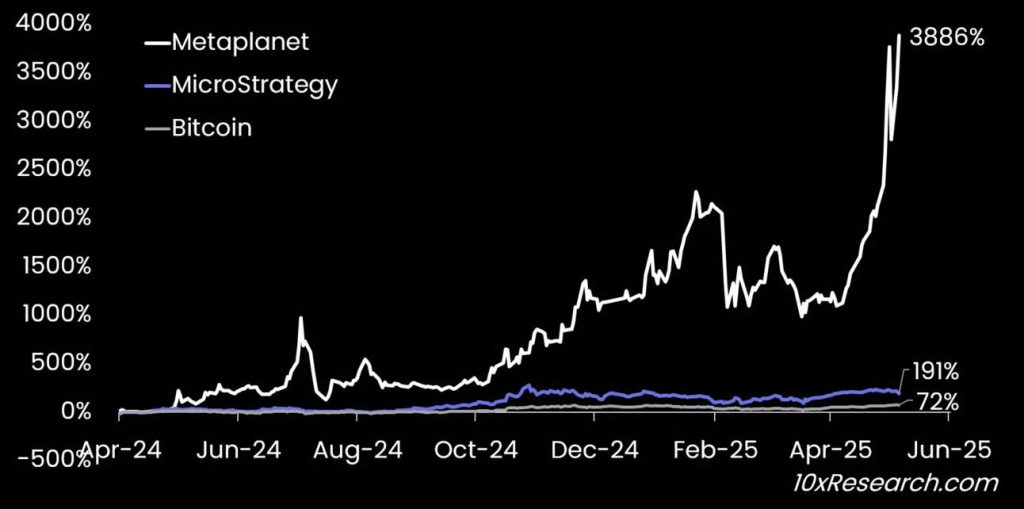An exception to the rules for gift taxes for contributions to 529 savings plans toward college tuition and other educational costs provides an opening for a “superfunding” strategy.
More than 16.25 million accounts hold upward of $450 billion in 529 plan assets in the U.S.,
Annual adjustments tied to inflation boosted the exclusion from gift taxes to $18,000 per beneficiary for individuals and $36,000 for couples filing jointly in 2024. For the special guidelines in the Tax Code for 529 plans, the amount that single or married contributors could transfer duty-free into those accounts
Those kinds of complications — as well as the different tax advantages in various states, the impact to the Free Application for Federal Student Aid and the key questions for rolling over any unused assets in a 529 plan to a Roth individual retirement account — display why it’s important for savers to work with an advisor or tax professional, experts told Financial Planning.
“529 plans can be used as a tool for estate planning while empowering future generations and helping to eliminate student loan debt. Contributions to a 529 account for a beneficiary are considered gifts, yet the account owner retains full control over the account,” Carolyn Fittipaldi, the marketing director of the
READ MORE:
She also noted that grandparents or other account owners who are at least 73 years old and must make required minimum distributions may consider using a 529 plan to move those assets out of their estate for tax purposes without losing control of them. In that vein, grandparents’ contributions to 529 plans no longer affect the beneficiaries’ eligibility for financial aid on the FAFSA, although parental outlays still carry a “minimal” negative impact, according to Fittipaldi.
Other potential drawbacks to 529 plans include “a limited range of investment choices which may not suit all investors’ preferences or risk tolerances,” said Bryan Eberle, the president of tax solutions for Minneapolis-based
In addition, nonqualified withdrawals count toward income taxes and draw a 10% federal penalty. Any potential modifications to the beneficiary of the account can trigger more rules and limitations, while their lack of control over the account may prove very complicated if the owners’ intentions shift over time, he noted.
Advisors should learn the “details of plans in the states where their clients reside,” Eberle said in an email. Grasping the gift-tax exclusions and the five-year frontloading rules “can be crucial for maximizing the benefits of 529 plans” to estates or accounts for other relatives, he said.
“529 plans offer several tax advantages for educational savings,” Eberle said. “Contributions to a 529 plan are not deductible on federal taxes, but they may be deductible on state taxes in some states. The key benefit is that earnings in a 529 plan grow federal tax-free and will not be taxed when the money is taken out to pay for qualified education expenses. Additionally, some states offer tax benefits or credits for contributions.”
READ MORE:
Recent laws tacked on a few other ideas for advisors and their clients to mull, according to Corey Hulstein, the director of tax for Lenexa, Kansas-based
Besides the possible effects on the FAFSA, advisors and clients ought to think through how the five-year exclusion from the gift tax and a possible Roth IRA will play out over the long term, Hulstein said in an email. If they take full advantage of the exception, they won’t have to file a gift-tax return for the first year.
“The taxpayer should be mindful that this contribution satisfies the annual gifting exclusion each year for the next five years. Therefore, any additional contributions made to the 529 in years 2-5, would require the taxpayer to file a
Credit: Source link










